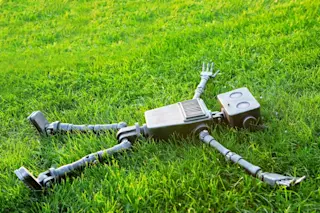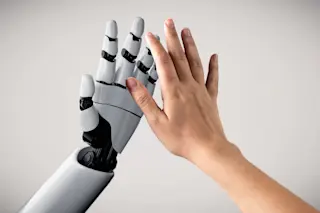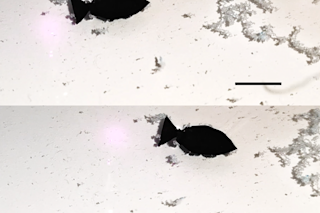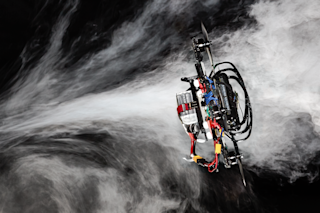Walk by Cynthia Breazeal's workbench in MIT's Artificial Intelligence Lab, and you can't help but notice a hunk of aluminum filled with silicon chips and electric motors, a machine purposely shaped and sized like a human head. Actually, what you can't help noticing is that it looks lonely. Its big, red rubber lips are turned down in a frown, its fuzzy eyebrows are heavy, its curly pink ears appear crestfallen. Its huge baby-doll eyes are scanning the room, searching for someone.
So it's no wonder that when Breazeal comes into the room and sits down in front of her needy little robot, which she calls Kismet, its mood begins to change. Looking straight into Kismet's eyes, Breazeal offers a "human face stimulus." Kismet's eyebrows go straight up, making its baby blues appear even wider as it looks straight back at its creator with growing interest. "Mutual regard," she says. Then ...














